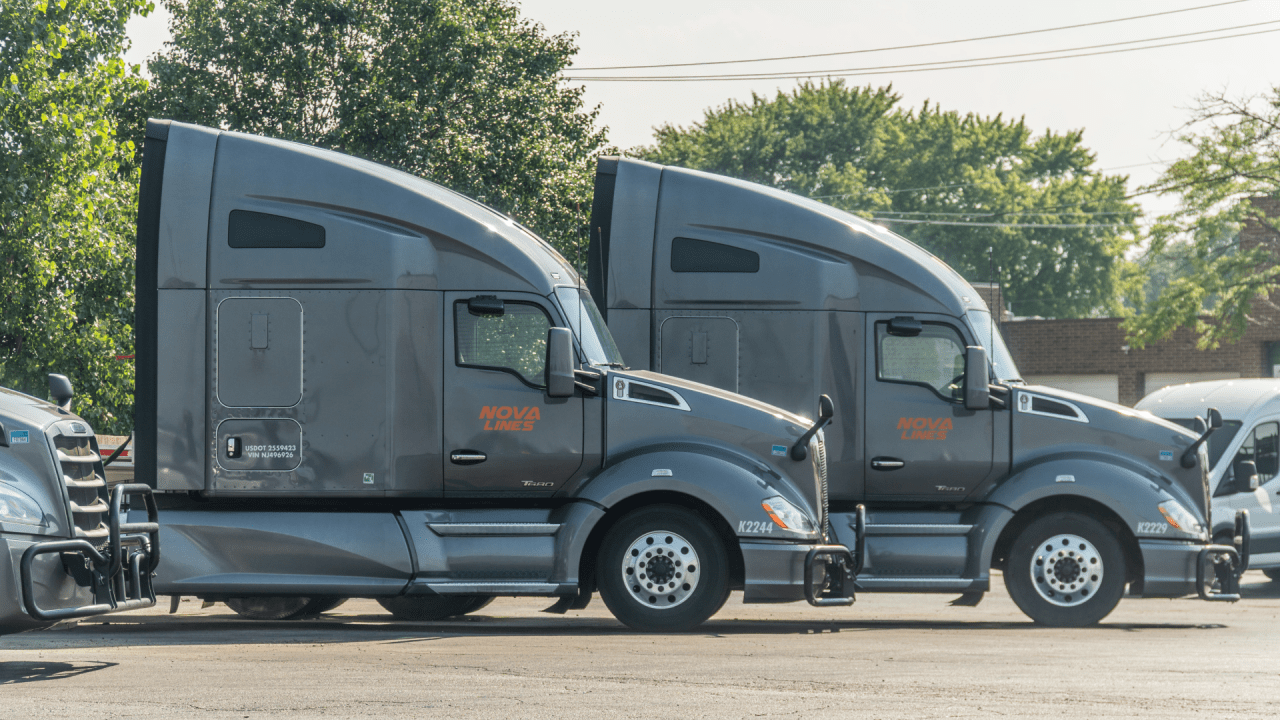The onboarding procedure for carriers is a vital doorway to success in the dynamic world of logistics and transportation. The procedure of incorporating new transportation partners into a network, known as carrier onboarding, is crucial in determining the effectiveness, dependability, and general performance of supply chains. The industry is changing at a rapid pace, and old onboarding techniques are changing dramatically.
The Traditional Challenges:
Carrier onboarding used to be a labor-intensive manual procedure. Long approval processes, inconsistent communication channels, and paperwork have frequently resulted in inefficiencies and delays. The logistics sector has long struggled with issues that impede the smooth integration of new carriers into networks, including inadequate documentation, imprecise communication, and a lack of standard operating procedures.
The Technological Shift:
Technological improvements have caused a major upheaval in the carrier onboarding landscape in recent years. These days, onboarding new carriers is being revolutionised by automated tools, AI, and data analytics, which make the procedure quicker, more transparent, and more effective.
- Automation and Digitalization: Manual paperwork is being replaced by automated onboarding platforms, which cuts down on the time and effort needed to integrate new carriers. Carriers can electronically submit documents through digital platforms, which expedites the verification process and reduces errors. This move towards automation improves accuracy and compliance while also shortening onboarding durations.
- Predictive Analytics: Before onboarding, prospective carriers’ performance and dependability are evaluated using sophisticated analytics technologies. To make defensible decisions, predictive algorithms monitor performance measures, examine compliance histories, and analyse historical data. Logistics providers may choose carriers with the appropriate capabilities thanks to this data-driven strategy, which lowers the risk of disruptions and increases supply chain resilience overall.
- Collaborative Platforms: Cloud-based collaborative platforms let carriers and logistics providers exchange information and communicate in real time. By acting as centralised hubs, these platforms guarantee openness and close communication gaps by enabling all stakeholders to view and update pertinent data. Better alignment between carriers and logistics providers results from increased collaboration, which strengthens relationships.
- Process Standardisation: There is a growing trend in the industry to standardise onboarding procedures. Logistics providers and carriers can streamline the onboarding process by defining standard procedures and guidelines. Additionally, standardisation encourages consistency in documentation and compliance inspections, making the onboarding process more consistent and dependable.
The Future Outlook:
Future developments in carrier onboarding should bring forth more innovation. Future developments include the application of Internet of Things (IoT) devices for real-time tracking and monitoring, the incorporation of blockchain technology for safe and transparent record-keeping, and the ongoing improvement of machine learning algorithms for predictive analysis.
Conclusion:
Carrier onboarding is changing from being a laborious procedure to a strategic tool that helps businesses succeed in the fast-paced world of logistics. Technology integration is creating a more responsive and robust supply chain environment in addition to expediting onboarding. The carrier onboarding environment is expected to be a key factor in defining the competitiveness and agility of logistics networks in the years to ahead, as the industry continues to adopt new innovations.










